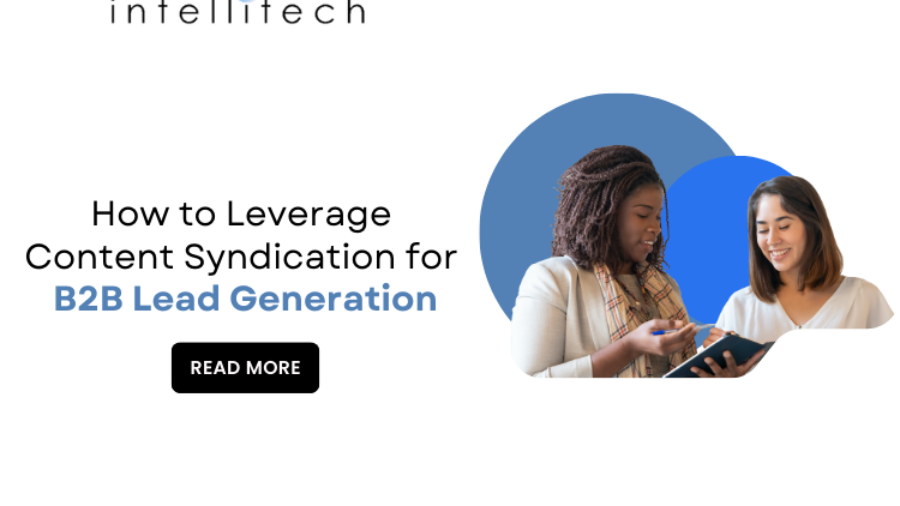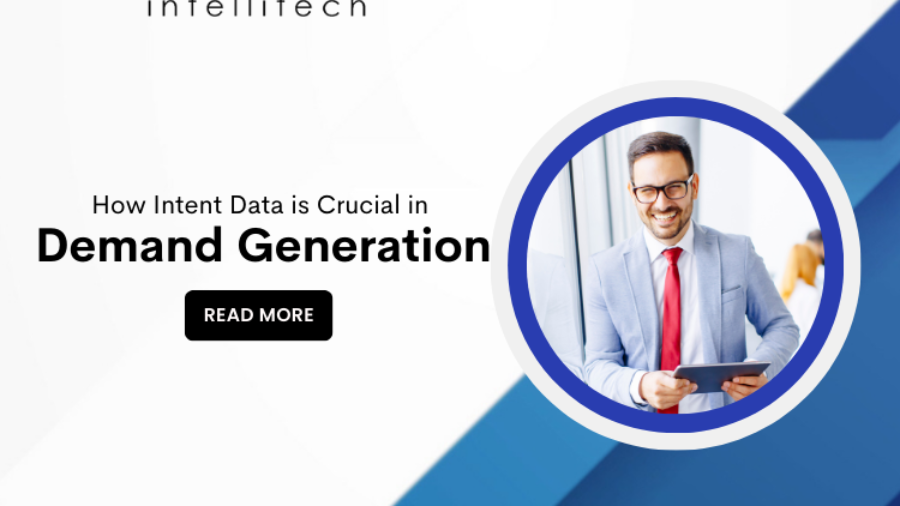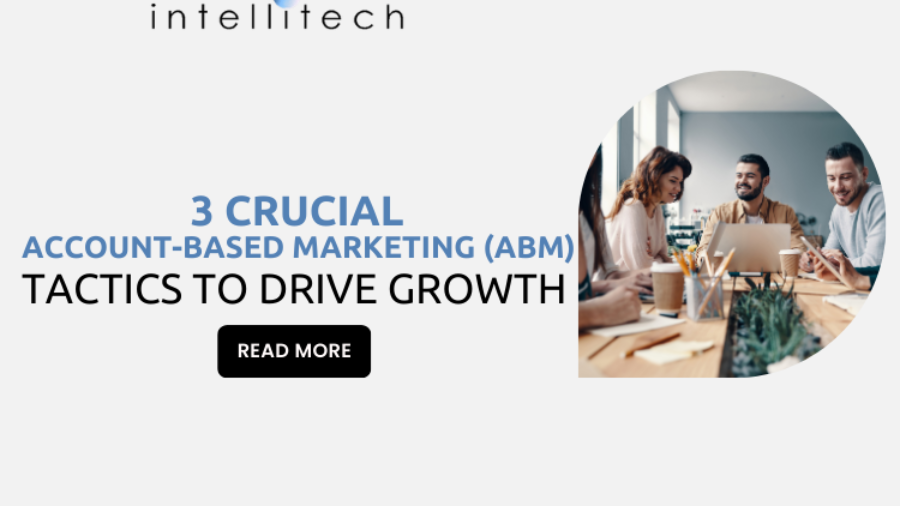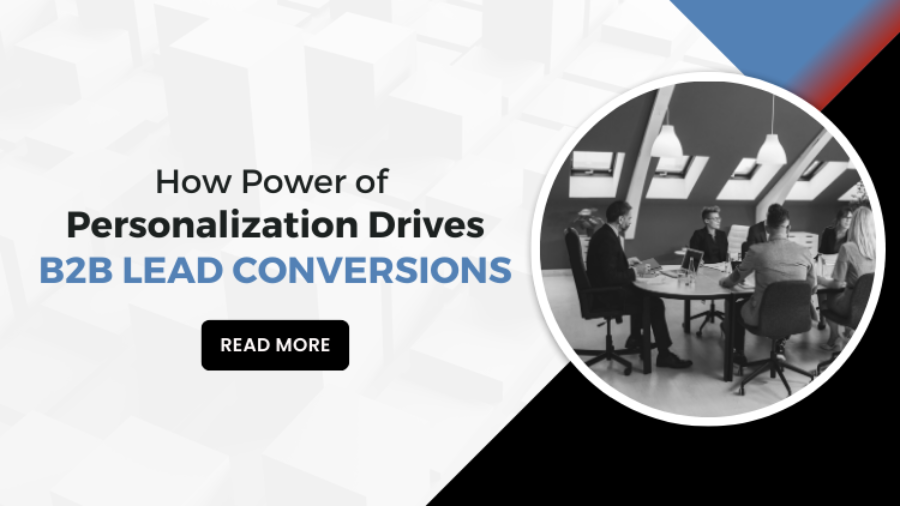In the ever-evolving landscape of B2B marketing, staying ahead of the competition requires strategic and innovative approaches. Content syndication is one such powerful tool that, when wielded correctly, can significantly impact lead generation in the B2B realm. This blog post aims to shed light on how businesses can leverage content syndication to enhance their B2B lead generation efforts.
Define Your Target Audience
Clearly identify your ideal customer profile before embarking on content syndication. Knowing your audience will help you choose the right platforms to publish your content. Content syndication involves the distribution of content to third-party websites with the goal of reaching a wider audience.
Create High-Quality, Targeted Content
Craft content that addresses the pain points and challenges of your target audience. Tailor your messaging to resonate with the specific needs of B2B decision-makers. For B2B marketers, this means strategically placing valuable content, such as whitepapers, articles, or webinars, on platforms that cater to their target audience.
Choose the Right Platforms
Select reputable platforms that cater to your industry or niche. Ensure that the platforms have an engaged audience and align with your brand values. Include compelling calls-to-action (CTAs) within your syndicated content. Encourage readers to download additional resources, sign up for webinars, or subscribe to newsletters to capture leads.
Monitor and Analyze Performance
Regularly assess the performance of your syndicated content. Track metrics such as lead conversion rates, click-through rates, and engagement levels to refine your strategy over time.
Conclusion
In the dynamic world of B2B lead generation, content syndication stands out as a potent strategy to amplify reach, enhance credibility, and drive quality leads. By strategically leveraging this approach, businesses can position themselves as industry leaders and establish meaningful connections with their target audience. As technology continues to evolve, mastering content syndication will remain a crucial element in the B2B marketer's toolkit for sustained success.





